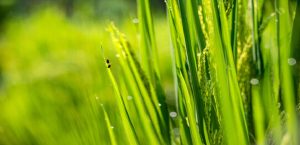Abstract:
Evolution plays a magic role in driving plant biodiversity, which produces a profound chemical diversity when interacting with variable environments. Our lab focused on questions regarding DNA and chemical languages of medicinal plants. Specifically, we are fascinated with the following questions: 1) What is the origin and evolutionary path of medicinal plants? 2) How are bioactive compounds synthesized in plants? 3) Why do some plants produce one type (or high content) of secondary metabolites, while others not? Taking Apiaceae medicinal plants as study organisms, 1) we have revealed the homoploid hybrid speciation of Ligusticum chuanxiong and identified enzymes catalyzing the interconversion of phthalide compounds, one of which (butylphthalide; NBP) is the first line drug curing ischemic stroke; 2) we have dissected the complete biosynthetic pathway of furochromones in Saposhnikovia divaricate and traced the evolutionary history of two key enzymes involved in the pathway in Apiaceae, which explains the specifically high content of furochromones in S. divaricate; 3) we have explored the genetic and evolutionary underpinnings of strong pathogen resistance effects of Apiaceae plants compared to its sister family – Araliaceae species.
Speaker: Prof. Li Wang
Affiliation: Agricultural Genomics Institute at Shenzhen, CAAS
Time: 4:30 PM, Tuesday, Dec. 17, 2024
Venue: Online: Tencent Meeting ID:268770823



